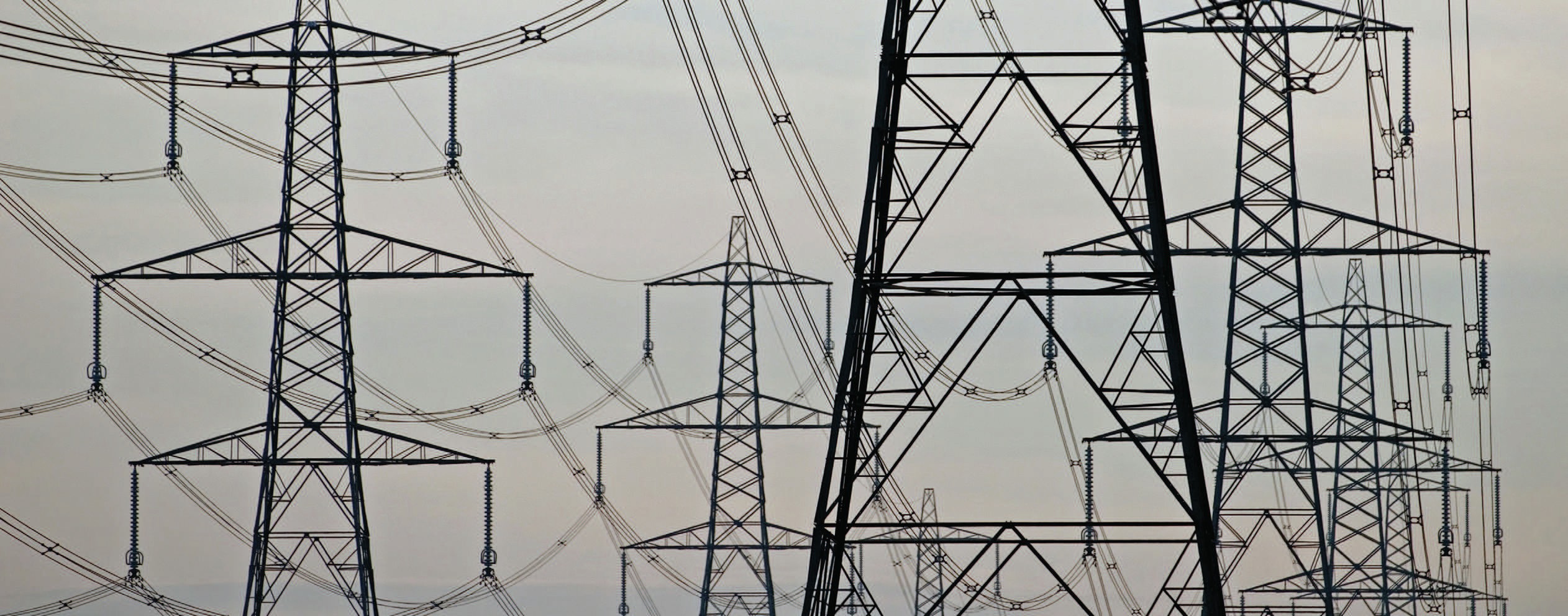
Alternating current (AC) is widely used for transmitting electricity over long distances. Sometimes however, it’s a good idea to use direct current (DC) instead. If you have read an earlier article, ‘Why Tesla?’ (PHYSICS REVIEW Vol. 16, No. 4), you’ll be convinced that an equally accurate title for this article would have been ‘Why AC?’ The difficulty of building power stations next to where the power was needed soon showed up the need for AC transmission. It’s likely, too, that you’ve been learning in physics (Box 1 and Box 2) that electricity is best transmitted at high voltage over a distance, because then the current needed to carry a given electricalpower (voltage × current) will be smaller. This smaller current means that thinner and hence cheaper cables can be used. These lighter cables in turn need less substantial and therefore cheaper pylons to carry them.
This means that the 25 kV AC generated at the generator is stepped up to 400 kV or 275 kV for the National Grid, which provides the power distribution system for this country. If the ‘local’ power station breaks down, needs maintenance or isn’t up to providing all the power needed locally, supplies from distant power stations will be available. However, 400 kV isn’t a usable voltage for domestic or even industrial situations, so it must be ‘transformed’ into, say, 11 kV (usually with intermediate steps down to 132 kV and 33 kV) for local distribution to neighbourhoods and then 230 V for houses. As you know, transformers only work with AC, so AC must be used if different voltages are to be used in the system.
Your organisation does not have access to this article.
Sign up today to give your students the edge they need to achieve their best grades with subject expertise
Subscribe




